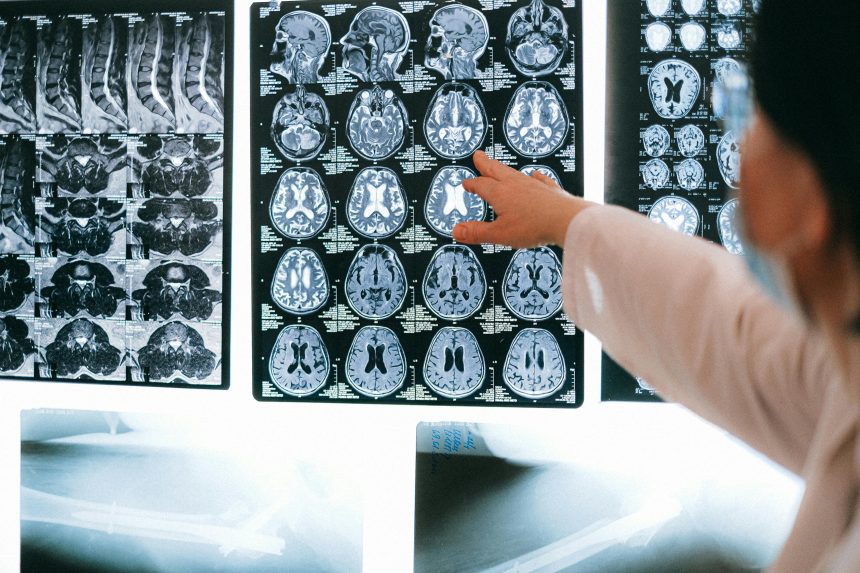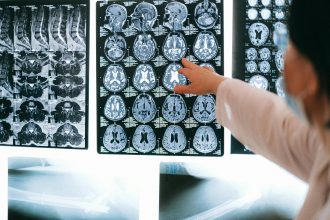Brain injuries do not happen for one reason alone. They are the result of many possible events—some sudden and violent, others slow and internal. Understanding how a brain injury occurs helps families, caregivers, and professionals better recognize risk factors, plan prevention strategies, and support recovery with context and compassion.
- Understanding the Two Main Pathways of Brain Injury
- Traumatic Causes: When Force Meets Fragility
- Falls
- Motor Vehicle Collisions
- Sports and Recreational Activities
- Assaults and Violence
- Penetrating Injuries
- Non-Traumatic (Acquired) Causes: Damage from Within
- Stroke
- Lack of Oxygen (Anoxic or Hypoxic Injury)
- Infections and Inflammation
- Tumors and Cancer Treatment
- Toxic Exposure
- Metabolic and Neurological Conditions
- Secondary Injury: The Hidden Aftermath
- Who Is Most at Risk?
- Prevention: Protecting the Brain Before It’s Hurt
- The Takeaway
Understanding the Two Main Pathways of Brain Injury
All brain injuries fall into one of two broad categories: traumatic and non-traumatic (or acquired without external force). These terms describe how the damage begins, not how severe it becomes.
Traumatic brain injuries (TBIs) occur when an external force strikes or jolts the head, disrupting normal brain function. They may be caused by a blow, bump, or penetrating object.
Non-traumatic or acquired brain injuries (ABIs) happen when internal events — such as a stroke, infection, or lack of oxygen—damage brain tissue without any external impact.
While the brain’s response to injury can vary, both pathways share a similar cascade of swelling, inflammation, and cell death that leads to long-term complications.
Traumatic Causes: When Force Meets Fragility
Traumatic causes are among the most visible and widely discussed. They include everyday accidents as well as high-energy events.
Falls
Falls remain the leading cause of brain injury across all age groups, particularly in children under five and adults over sixty-five. A simple slip in the bathroom or a fall from a ladder can create a sudden deceleration that bruises delicate brain tissue.
Motor Vehicle Collisions
Car, motorcycle, and bicycle crashes often cause rapid acceleration–deceleration forces that jolt the brain against the skull. Even without direct head contact, this whiplash-like motion can stretch and tear nerve fibers, resulting in diffuse axonal injury.
Sports and Recreational Activities
Contact sports—football, hockey, soccer, boxing—are well-known sources of concussion and repeated head trauma. But even non-contact activities like skiing or horseback riding can cause injuries through falls or collisions. Repeated concussions over time may contribute to chronic traumatic encephalopathy (CTE), a degenerative brain disease seen in some athletes.
Assaults and Violence
Domestic violence, child abuse (including shaken baby syndrome), and physical assaults can cause serious and often hidden traumatic brain injuries. Blast injuries among military personnel are another common source, where shock waves and debris cause both direct and indirect brain trauma.
Penetrating Injuries
Objects such as bullets or fragments from explosions can pierce the skull, directly damaging brain tissue. These injuries are frequently life-threatening and may leave lasting neurological deficits even with emergency treatment.
Non-Traumatic (Acquired) Causes: Damage from Within
Not all brain injuries result from external blows. Many arise from internal medical or environmental conditions that disrupt blood flow, oxygen supply, or chemical balance in the brain.
Stroke
A stroke occurs when a blood vessel supplying the brain becomes blocked (ischemic stroke) or ruptures (hemorrhagic stroke). Without oxygen, neurons die within minutes, leaving areas of permanent damage that affect movement, speech, or cognition.
Lack of Oxygen (Anoxic or Hypoxic Injury)
Cardiac arrest, near drowning, or respiratory failure can deprive the brain of oxygen. Even short periods of deprivation (just a few minutes) can cause widespread and irreversible cell loss.
Infections and Inflammation
Bacterial meningitis, viral encephalitis, or severe systemic infections can inflame brain tissue. The resulting swelling and immune response may damage neurons and alter brain function long after the infection clears.
Tumors and Cancer Treatment
Both primary brain tumors and cancers that metastasize to the brain can cause pressure, swelling, and tissue destruction. Radiation and chemotherapy, while lifesaving, sometimes lead to secondary brain injury through toxic or inflammatory effects.
Toxic Exposure
Prolonged exposure to certain chemicals, carbon monoxide, or heavy metals can injure brain cells. Substance misuse, particularly alcohol and opioids, also increases vulnerability by altering metabolism and oxygen delivery.
Metabolic and Neurological Conditions
Severe low blood sugar, liver or kidney failure, and uncontrolled seizures can interfere with brain chemistry. Over time, these metabolic insults lead to cumulative cognitive decline and functional impairment.
Secondary Injury: The Hidden Aftermath
A brain injury rarely ends with the initial event. Minutes to days later, secondary processes—swelling, bleeding, reduced blood flow, and excitatory chemical release — can cause additional damage.
Medical teams work aggressively to manage these changes in the critical period after injury, stabilizing oxygen, blood pressure, and intracranial pressure to prevent further loss of function.
Who Is Most at Risk?
While brain injury can affect anyone, certain groups face higher risk:
- Older adults, due to falls and medication side effects that affect balance.
- Children and adolescents, whose developing brains are more vulnerable.
- Athletes and military personnel, exposed to repeated or high-energy impacts.
- People with medical conditions such as high blood pressure, diabetes, or seizure disorders.
Awareness, proper equipment, and quick medical attention can drastically reduce both the likelihood and severity of injury.
Prevention: Protecting the Brain Before It’s Hurt
Most causes of brain injury are preventable. Key steps include wearing seat belts and helmets, reducing fall hazards at home, maintaining cardiovascular health, and following sports safety guidelines.
Early recognition of concussion symptoms, swift emergency response to stroke, and safer community environments all contribute to fewer lifelong disabilities.
The Takeaway
Brain injuries occur through countless pathways—from a sudden blow on the playing field to silent strokes deep inside the brain. Understanding these causes isn’t just about identifying risks; it’s about promoting prevention, early treatment, and compassion for survivors whose lives are forever changed.







